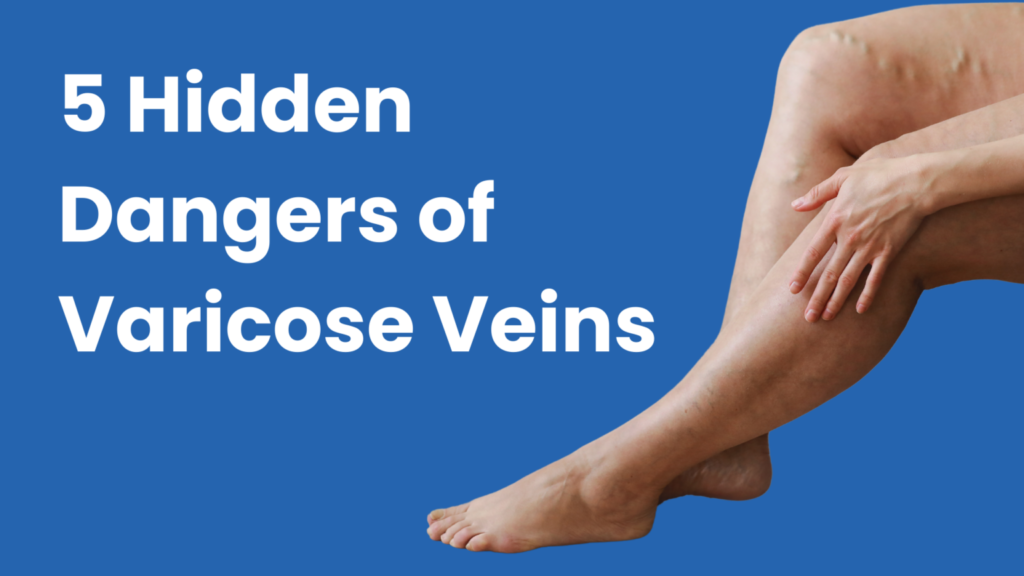Your legs ache, perhaps they’re even swollen, but you haven’t been in a fall or sustained any other type of injury. If this sounds familiar, your lower-limb discomfort may stem from a problem in your blood vessels.
At Soffer Health Institute, board-certified cardiologist Dr. Ariel Soffer and the rest of our team specialize in blood vessel health. We understand the impact that compromised circulation can have on your body, especially in far-flung areas like your lower extremities, and that it often leads to leg pain.
Here’s a look at a few of the more common culprits when it comes to leg pain and what we can do about them.
Chronic venous insufficiency and varicose veins
Under normal circumstances, the veins in your legs are responsible for delivering blood back to your heart, fighting both distance and gravity to get the job done. To help, the veins in your legs are equipped with tiny valves that shut off as your blood passes through, preventing it from spilling backward.
If these valves weaken and begin to malfunction, it can lead to pain and swelling in your lower legs.
Varicose veins are also a result of malfunctioning valves. As the blood pools, the vein swells and pushes toward the surface of your skin.
The remedy: Treating venous insufficiency depends upon your unique situation. In most cases, we first try a more conservative route with compression socks and lifestyle changes, such as losing weight and exercising more. Should these measures prove ineffective in remedying your leg pain, we may turn to medications to improve your circulation. Another treatment option is minimally invasive procedures that either shut down or remove weaker veins, allowing us to reroute your blood to healthier vessels.
Blood clots
Normally your blood is in a liquid state, but when cells clump together, they can form a clot that hampers your circulation, if it stays in one place. Clots that break free and travel to your heart, brain, or lungs are very dangerous, and even life-threatening.
The clots that can cause leg pain are venous clots that often build gradually, slowly compromising the flow of blood in your lower extremities, which can lead to pain, swelling, and tenderness.
If a clot forms in a major vein deep within your leg, it’s called deep vein thrombosis, which is a dangerous condition.
The remedy: Any time you feel unexplained leg pain accompanied by swelling, redness, or tenderness, we urge you to come see us as soon as possible so we can assess the problem.
If we find a clot, we typically start by prescribing blood thinners to prevent the clot from growing and to encourage better circulation. We may also recommend compression and elevation.
If we find a more serious problem with your clot, we will discuss your options further, which may involve surgical intervention.
Peripheral artery disease
Moving from your veins to your arteries, which are responsible for delivering blood from your heart throughout your body, another source of leg pain is peripheral artery disease (PAD). This condition is caused by atherosclerosis — a narrowing of the arteries in your legs. PAD can not only lead to leg pain, but changes in the color of your skin, as well as sores or ulcers.
The remedy: Our goal when it comes to PAD is to slow or halt the narrowing of your arteries. We can provide you with prescription medications, but you’ll need to do your part through diet and exercise.
If you’re experiencing leg pain, we recommend that you come see us as soon as possible so that we can not only remedy your pain, but prevent larger problems down the road. To make an appointment, contact one of our offices in Weston, Aventura, or Deerfield Beach, Florida.



